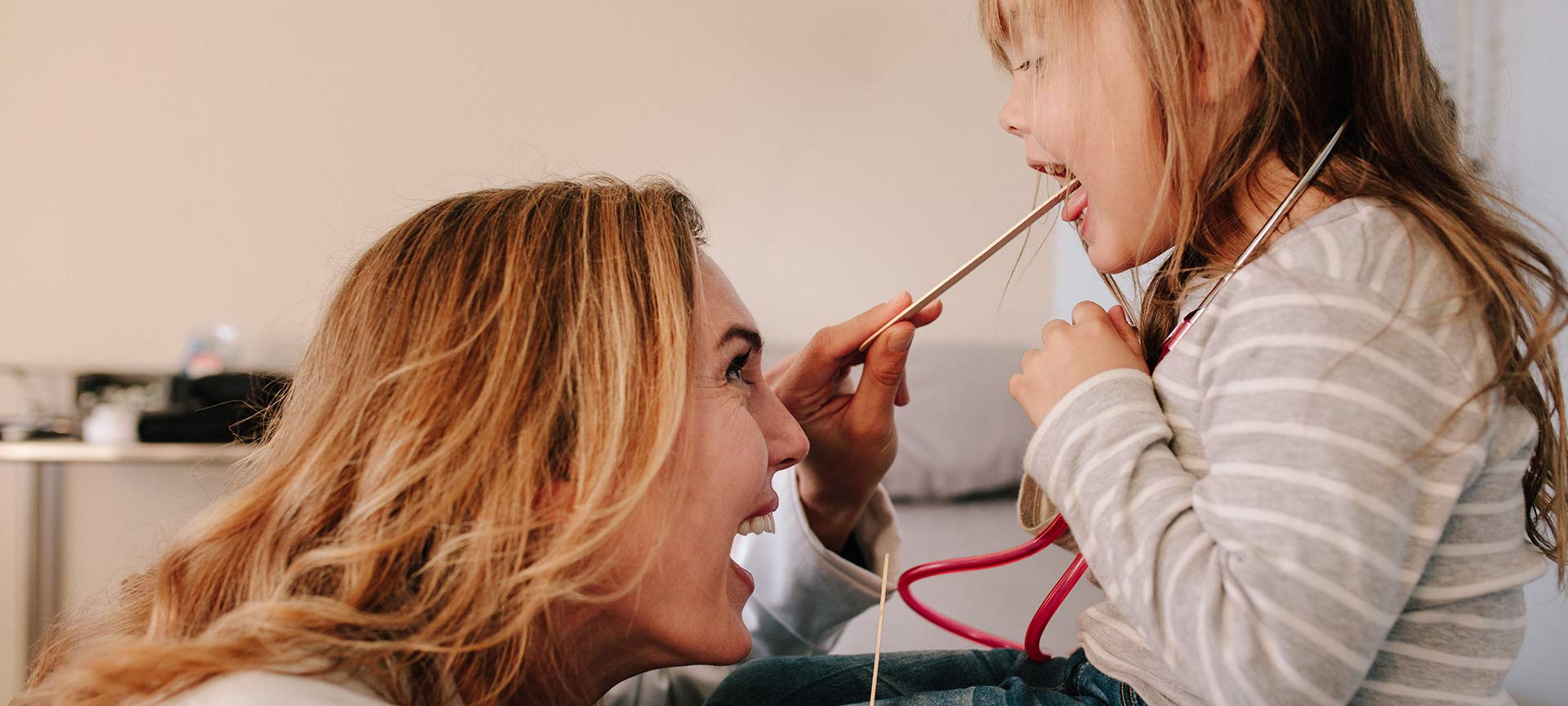Activation and Rehabilitation of Cochlear Implants
August 9, 2016
* For closed captioning, click the  button in the bottom-right of the video. *
button in the bottom-right of the video. *
In July 2010, Jasmine and Khary Thomas’ 13-month-old daughter, Kharmin, was still recovering from a severe case of bacterial meningitis when her family received troubling news. Although the toddler was healing from her illness, she had suffered profound hearing loss in both of her ears… and it was only getting worse.
“In rare cases of bacterial meningitis, the cochlea — a part of the inner ear that transforms sound into nerve impulses, which then travel to the brain — may begin to ossify, or turn to bone,” says Brian Kaplan, MD, Chairman, Department of Otolaryngology, the surgeon who treated Kharmin. “This happens as a result of the body fighting off the infection. Once the cochlea begins to ossify, it may lead to a permanent hearing loss which cannot be treated by a cochlear implant.”
The Thomases soon found themselves at GBMC’s Cochlear Implant Center, where Kharmin was examined and quickly cleared for surgery to implant two devices, called cochlear implants, that would restore her hearing before it was too late. The devices consist of:
- a speech processor with dual microphones, worn behind the ear to pick up sound
- a small device placed under the skin near the ear, with electrodes inserted in the cochlea
The speech processor collects sound from the microphone, converts it to information and sends it to the cochlear implant. The implant device tells nerves in the ear to send a message to the brain and the message is understood as sound. Typically, the devices are implanted in two separate surgeries, but in Kharmin’s case, there was no time to wait. After nearly six hours, Dr. Kaplan successfully placed cochlear implants in both ears during one surgery, a first at GBMC.
“...Everyone at GBMC has been helpful and patient, which gives us hope for Kharmin’s future.”
“Hearing loss is a new experience for us,” says Jasmine Thomas. “But, with the help of Kharmin’s caregivers, we continue learning about her condition and how we can support her.”
Once she recovered from the surgery, Kharmin’s cochlear implants were activated. With her hearing restored, she now receives aural rehabilitation therapy from the specially trained staff at the Cochlear Implant Center. Through therapy, she is learning that sound has meaning, how to properly identify sounds and how to develop her speech and language skills, just like her peers.
“We never imagined something like this could happen to our family,” says Mrs. Thomas. “But everyone at GBMC has been helpful and patient, which gives us hope for Kharmin’s future.”





